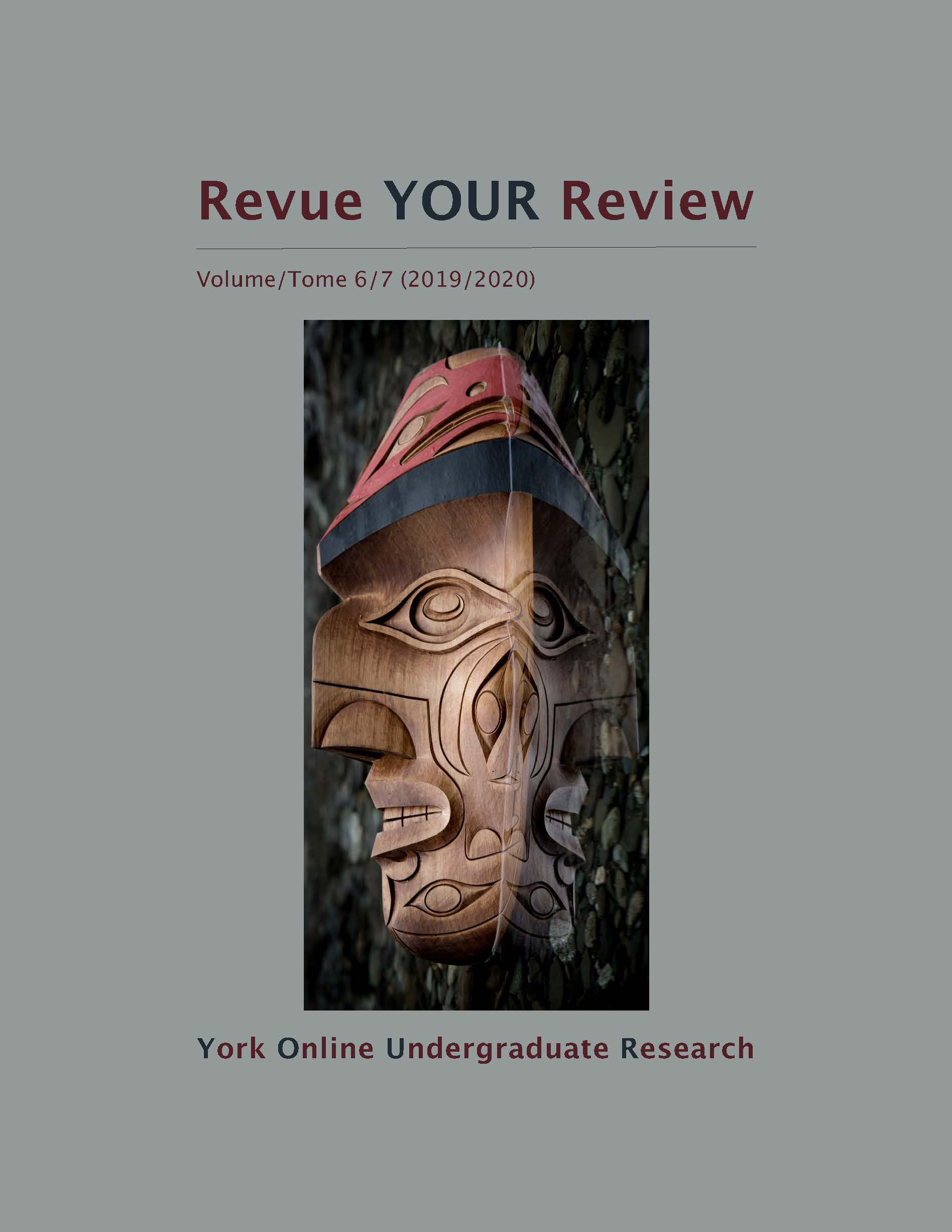Reach After-Effects as a Measure of Implicit Learning After Abrupt and Gradual Visuomotor Rotations
Abstract
Humans have an incredible ability to learn new movements and adapt our movements to changing circumstances. Visuomotor adaptation can be observed when subjects reach out to a target holding a cursor with their unseen hand while the visual feedback of the cursor's motion is manipulated. Motor adaptation engages both implicit and explicit learning processes. Some measures of motor adaptation are considered to measure primary implicit learning, such as reach after-effects, which occur when subjects continue to make deviated reaches after the cursor's rotation has been removed. In this study, we look at how a higher contribution of implicit learning influences visuomotor adaptation as measured in reach after-effects and retention. We changed the contribution of implicit learning by introducing the visual feedback of the cursor's rotation either abruptly or gradually. An abrupt change in cursor's motion is more likely to be recognized by subjects, thus, it should evoke more explicit learning and a gradual change should evoke more implicit learning. We expect greater reach after-effects and retention of learned hand movements following gradual rotation training. Participants (N=27) did both a gradual and abrupt version of the same visuomotor adaptation task in a counterbalanced order. Contrary to our expectations, we found no difference between reach after-effects and retention in the two conditions. Perhaps an even larger, more explicit deviation would be necessary to reveal relative contributions of explicit and implicit adaptation to gradually and abruptly introduced visuomotor perturbations.
Downloads
Published
How to Cite
Issue
Section
License
LicenseAuthors contributing to Revue YOUR Review agree to release their articles under one of three Creative Commons licenses: Creative Commons Attribution 4.0 International; Creative Commons Attribution-NonCommercial 4.0 International; or Creative Commons Attribution-NoDerivatives 4.0 International. All editorial content, posters, and abstracts on this site are licensed under Creative Commons Attribution-NoDerivatives 4.0 International. For further information about each license, see:
https://creativecommons.org/licenses/
In all cases, authors retain copyright of their work and grant the e-journal right of first publication. Authors are able to enter into other contractual arrangements for the non-exclusive distribution of the e-journal's published version of the article (e.g., post it to an institutional repository or publish it in a book or in another journal), with an acknowledgement of its initial publication in this e-journal.


